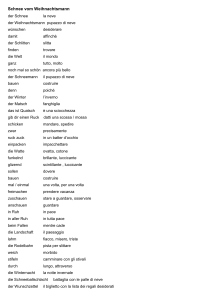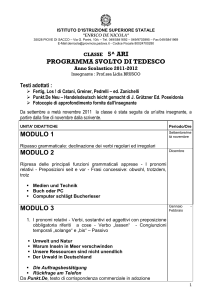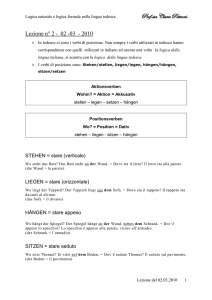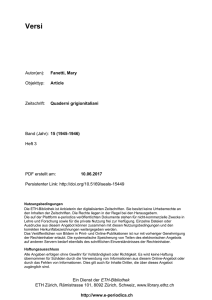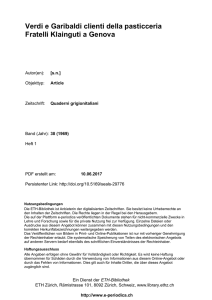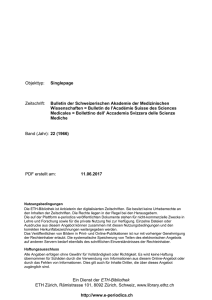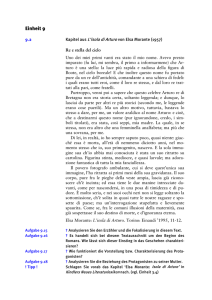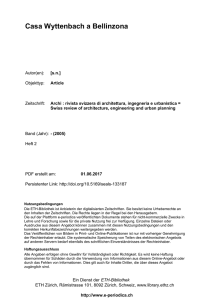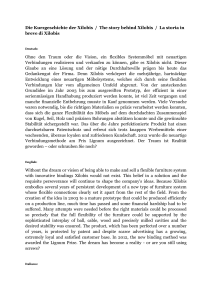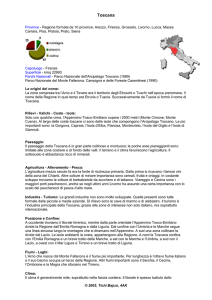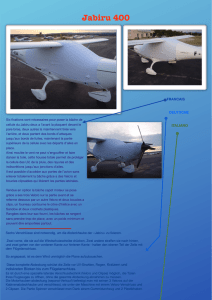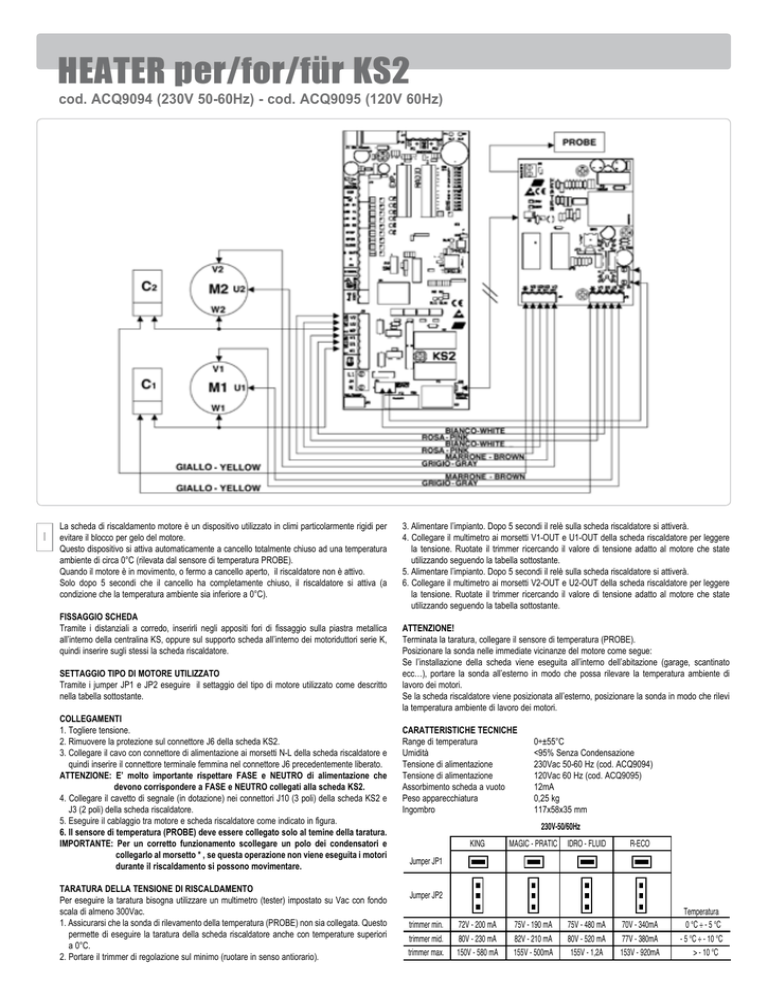
HEATER per/for/für KS2
cod. ACQ9094 (230V 50-60Hz) - cod. ACQ9095 (120V 60Hz)
I
La scheda di riscaldamento motore è un dispositivo utilizzato in climi particolarmente rigidi per
evitare il blocco per gelo del motore.
Questo dispositivo si attiva automaticamente a cancello totalmente chiuso ad una temperatura
ambiente di circa 0°C (rilevata dal sensore di temperatura PROBE).
Quando il motore è in movimento, o fermo a cancello aperto, il riscaldatore non è attivo.
Solo dopo 5 secondi che il cancello ha completamente chiuso, il riscaldatore si attiva (a
condizione che la temperatura ambiente sia inferiore a 0°C).
FISSAGGIO SCHEDA
Tramite i distanziali a corredo, inserirli negli appositi fori di fissaggio sulla piastra metallica
all’interno della centralina KS, oppure sul supporto scheda all’interno dei motoriduttori serie K,
quindi inserire sugli stessi la scheda riscaldatore.
SETTAGGIO TIPO DI MOTORE UTILIZZATO
Tramite i jumper JP1 e JP2 eseguire il settaggio del tipo di motore utilizzato come descritto
nella tabella sottostante.
COLLEGAMENTI
1. Togliere tensione.
2. Rimuovere la protezione sul connettore J6 della scheda KS2.
3. Collegare il cavo con connettore di alimentazione ai morsetti N-L della scheda riscaldatore e
quindi inserire il connettore terminale femmina nel connettore J6 precedentemente liberato.
ATTENZIONE: E’ molto importante rispettare FASE e NEUTRO di alimentazione che
devono corrispondere a FASE e NEUTRO collegati alla scheda KS2.
4. Collegare il cavetto di segnale (in dotazione) nei connettori J10 (3 poli) della scheda KS2 e
J3 (2 poli) della scheda riscaldatore.
5. Eseguire il cablaggio tra motore e scheda riscaldatore come indicato in figura.
6. Il sensore di temperatura (PROBE) deve essere collegato solo al temine della taratura.
IMPORTANTE: Per un corretto funzionamento scollegare un polo dei condensatori e
collegarlo al morsetto * , se questa operazione non viene eseguita i motori
durante il riscaldamento si possono movimentare.
TARATURA DELLA TENSIONE DI RISCALDAMENTO
Per eseguire la taratura bisogna utilizzare un multimetro (tester) impostato su Vac con fondo
scala di almeno 300Vac.
1. Assicurarsi che la sonda di rilevamento della temperatura (PROBE) non sia collegata. Questo
permette di eseguire la taratura della scheda riscaldatore anche con temperature superiori
a 0°C.
2. Portare il trimmer di regolazione sul minimo (ruotare in senso antiorario).
3. Alimentare l’impianto. Dopo 5 secondi il relè sulla scheda riscaldatore si attiverà.
4. Collegare il multimetro ai morsetti V1-OUT e U1-OUT della scheda riscaldatore per leggere
la tensione. Ruotate il trimmer ricercando il valore di tensione adatto al motore che state
utilizzando seguendo la tabella sottostante.
5. Alimentare l’impianto. Dopo 5 secondi il relè sulla scheda riscaldatore si attiverà.
6. Collegare il multimetro ai morsetti V2-OUT e U2-OUT della scheda riscaldatore per leggere
la tensione. Ruotate il trimmer ricercando il valore di tensione adatto al motore che state
utilizzando seguendo la tabella sottostante.
ATTENZIONE!
Terminata la taratura, collegare il sensore di temperatura (PROBE).
Posizionare la sonda nelle immediate vicinanze del motore come segue:
Se l’installazione della scheda viene eseguita all’interno dell’abitazione (garage, scantinato
ecc…), portare la sonda all’esterno in modo che possa rilevare la temperatura ambiente di
lavoro dei motori.
Se la scheda riscaldatore viene posizionata all’esterno, posizionare la sonda in modo che rilevi
la temperatura ambiente di lavoro dei motori.
CARATTERISTICHE TECNICHE
Range di temperatura
Umidità
Tensione di alimentazione
Tensione di alimentazione
Assorbimento scheda a vuoto
Peso apparecchiatura Ingombro 0÷±55°C
<95% Senza Condensazione
230Vac 50-60 Hz (cod. ACQ9094)
120Vac 60 Hz (cod. ACQ9095)
12mA
0,25 kg
117x58x35 mm
230V-50/60Hz
KING
Jumper JP1
Jumper JP2
72V - 200 mA
80V - 230 mA
150V - 580 mA
75V - 190 mA
82V - 210 mA
155V - 500mA
75V - 480 mA
80V - 520 mA
155V - 1,2A
70V - 340mA
77V - 380mA
153V - 920mA
trimmer min.
trimmer mid.
trimmer max.
MAGIC - PRATIC IDRO - FLUID
R-ECO
Temperatura
0 °C ÷ - 5 °C
- 5 °C ÷ - 10 °C
> - 10 °C
The motor HEATER card is used in cold countries to avoid the block for cold of the
motor.
This card activate itself automatically with gate completely closed with 0°C temperature
(detected with the thermal PROBE).
When the motor is moving, or stopped with gate open, the HEATER is not active.
Only after 5 seconds that the gate has completely closed, the HEATER turn on (only if the
external temperature is below 0°C).
D
Die Heizungskarte ist für die Erwärmung des Motors zuständig, und ist für besonders kalte Regionen,
damit der Motor nicht blockiert
Diese Karte kontrolliert völlig automatisch bei einem geschlossenen Tor die Außentemperatur
in Minuswerten(< 0°C)mit Hilfe eines Temperaturfühlers. Wenn der Motor in Bewegung ist, oder
unbeweglich in offener Position steht ist die Heizungskarte nicht aktiv.
Nach dem das Tor 5 Sekunden geschlossen ist, wird die Heizkarte automatisch bei einer Temperatur
im Minusbereich(< 0°C) eingeschaltet.
HOW TO FIX THE CARD
Insert the plastic connectors into the holes of the metallic plate (inside the KS plastic
container) or into the holes of the plastic support (inside the K series operators), than insert
the heater card on them.
WIE MAN DIE KARTE REPARIERT.
Setzen Sie die Plastikstecker in die Bohrungen der metallischen Platte (innerhalb des KS
Plastikbehälters) oder in die Bohrungen des Kunststoffträgers (innerhalb der K Reihe Operatoren), als
einsetzen die Heizung Karte auf ihnen ein.
SET THE CARD WITH THE RIGHT OPERATOR
Setting jumper JP1 and JP2 you will set the card to operate to the right operator as
described on the chart here below.
STELLEN SIE DIE KARTE MIT DEM KORREKTEN OPERATOR EIN.
Überbrücker JP1 und JP2 einstellend, stellen Sie die Karte ein, um zum rechten Operator zu
funktionieren, wie auf dem Diagramm hier beschrieben unten.
CONNECTIONS
1. Turn off the power.
2. Remove the protection on plug J6 of KS2 control panel.
3. Connect the power cableto the plugs N-L of the HEATER card and insert the female
terminal into the connector J6.
ATTENTION: It’s a lot important to respect NEUTRAL and PHASE of power supply
that must correspond to NEUTRAL and PHASE connected to KS2
control panel.
4. Connect the signal cable into connectors J10 (3 poles) of the control panel KS2 and J3
(2 poles) of the HEATER card.
5. Execute the connections between motor and heater card as described in the picture.
6. The thermal PROBE must be connected only at the end of the adjustment.
IMPORTANT: To obtain the correct operation of the HEATER card, desconnect one
pole of one capacitor and connect it to *. If you do not execute this
operation, during the warming period it is possible that the motors
move themselves.
VERBINDUNGEN
1. Spannung abschalten.
2. Entfernen Sie den Schutz auf dem Verbinder J6 der Steuerung KS2.
3. Stecken Sie das Kabel auf den Verbinder J6 und schließen Sie die Kabel an die Heizungskarte an
die Kontakte L und N an.
ACHTUNG: E s ist viel wichtig NEUTRUM und PHASE des Versorgung zu respektieren, die NEUTRUM
und PHASE entsprechen muss die an Steuerung KS2 angeschlossen werden.
4. Stecken Sie den Verbinder(in Ausstattung) in die Klemme J10 (3Polig) der KS2-Steuerung und
stecken Sie die andere Seite an die Klemme J3 (2Polig) der Heizungskarte.
5. Die Verkablung des Motors machen Sie bitte wie auf der Zeichnung zu sehen ist.
6. Der Sensor für die Temperatur muss an der Heizungskarte an PROBE angeschlossen
werden.
WICHTIG: Den korrekten Betrieb der HEIZUNG Karte zu erreichen, desconnect eins ist Pfosten
von einem Kondensator und ihn an anzuschließen*. Wenn Sie nicht diesen Betrieb durchführen,
während der wärmenden Periode es möglich daß die Motoren sich verschieben um.
ADJUSTMENT OF THE HEATING VOLTAGE
To execute the adjustment you have to use a multimeter (tester) setted on Vac with a limit
of almost 300Vac.
1. Verify which the thermal PROBE is not connected. This to execute the adjustment of th
e HEATER card also with temperature over 0°C.
2. Rotate the trimmer at the minimum value (anti-clockwise sense).
3. Turn on the power. After 5 seconds the relay on the heater card will be active.
4. Connect the multimeter to the plugs V-OUT and U-OUT of the HEATER CARD to read
the voltage. Rotate trimmer searching the correct voltage value for the motor you have
installed following the table here below.
WARNING!
At the and of the adjustment, connect the thermal PROBE.
Put the probe near the motor as described here below:
If heater card is installed inside the opertator, on a side of KS, it is possible to reduce the
PROBE cable (min 25÷30 cm). Put the PROBE down near the base of the operator.
If heater card is installed outsode the operator, put the probe ina a way which can detect
the ouside temperature.
TECHNICAL FEATURES
Temperature range
Umidity
Power Supply
Power Supply
Current without charge
Weight Dimensions
0÷±55°C
<95% without condensation
230Vac 50-60 Hz (code ACQ9094)
120Vac 60 Hz (code ACQ9095)
12mA
0,25 kg
117x58x35 mm
REGLUNG DER SPANNUNG ZUR ERWAERMUNG
Bitte vergewissern Sie sich das der verwendete Voltmeter bis 300 Vac arbeitet, damit man die
Einstellung des Temperaturreglers vornehmen kann.
1. Versichern Sie sich, daß die Sonde aus dem Kontakt der Heizungskarte ausgeklemmt ist. Diese
kontrolliert das ein und ausschalten der Heizungskarte bei Temperaturen ab 0°C.
2. Den Regler auf die geringste Position (entgegen den Uhrzeigersinn) drehen.
3. Die Installation in Betrieb nehmen. Nach dem das Tor 5 Sekunden geschlossen ist arbeitet die
Heizungskarte.
4. Den Voltmeter an die Klemmen V1-OUT und U1-OUT der Heizungskarte anschließen. Bitte stellen
Sie den Trimmer nach den Werten von der Tabelle ein.
5. Die Installation in Betrieb nehmen. Nach dem das Tor 5 Sekunden geschlossen ist arbeitet die
Heizungskarte.
6. Den Voltmeter an die Klemmen V2-OUT und U2-OUT der Heizungskarte anschließen. Bitte stellen
Sie den Trimmer nach den Werten von der Tabelle ein.
AUFMERKSAMKEIT!
Nach dem beendigen der Einstellung, den Sensor wieder richtig Anschließen.
Wie folgt die Sonde an den Motor anschließen:
Wenn die Installation im Inneren des Motors installiert wird, ist es möglich, das Kabel der Sonde
auf eine minimale Länge von 20-30cm zu kürzen. Wenn sie die Heizungskarte außerhalb des
Motors installieren müssen sie das Kabel des Sensors so verlegen das es die Temperatur am Motor
kontrolliert.
TECHNISCHE EIGENSCHAFTEN
Umgebungstemperatur: 0÷±55°C
Feuchtigkeit <95% ohne Verdichtung
Spannungseinspeisung
230Vac 50-60 Hz (Kode ACQ9094)
Spannungseinspeisung
120Vac 60 Hz (Kode ACQ9095)
Sicherung: 12mA
Gewicht: 0,25 kg
Abmessungen: 117x58x35 mm
230V-50/60Hz
120V-60Hz
Jumper JP1
Jumper JP2
trimmer min.
trimmer mid.
trimmer max.
KING
MAGIC - PRATIC IDRO - FLUID
R-ECO
20V - 250 mA
22V - 270 mA
61V - 1,2A
20V - 200 mA
22V - 230 mA
61V - 1A
18V - 480 mA
20V - 500 mA
60V - 2,1A
18V - 370mA
207V - 400mA
60V - 1,8A
Jumper JP1
Temperatures
0 °C ÷ - 5 °C
- 5 °C ÷ - 10 °C
> - 10 °C
Jumper JP2
trimmer min.
trimmer mid.
trimmer max.
KING
MAGIC - PRATIC IDRO - FLUID
R-ECO
72V - 200 mA
80V - 230 mA
150V - 580 mA
75V - 190 mA
82V - 210 mA
155V - 500mA
75V - 480 mA
80V - 520 mA
155V - 1,2A
70V - 340mA
77V - 380mA
153V - 920mA
® 25014 CASTENEDOLO (BS)-ITALY
Via Matteotti, 162
Telefono ++39.030.2135811
Telefax ++39.030.21358279-21358278
automatismipercancelli
automaticentrysystems http://www.ribind.it - e-mail: [email protected]
Temperatures
Temperatur
0 °C ÷ - 5 °C
- 5 °C ÷ - 10 °C
> - 10 °C
CVA1534 - 19062009 - Rev. 02
G
B


